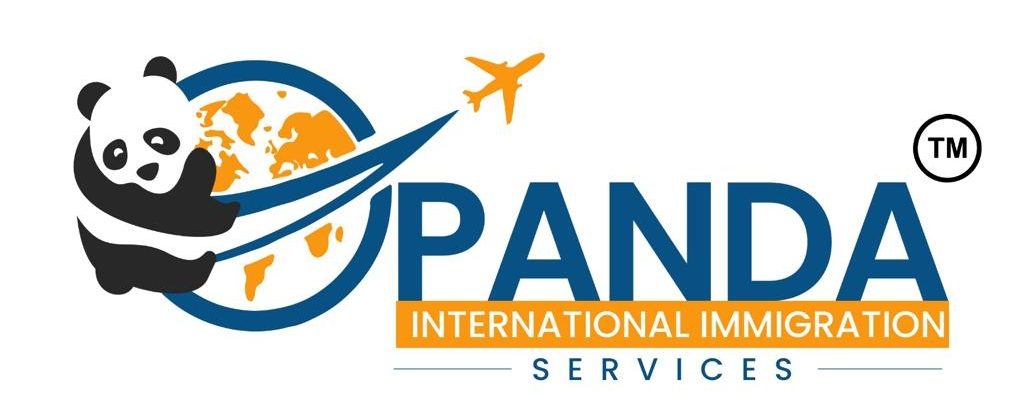The submission deadline for the ESOS Amendment Bill passed on September 26, revealing a diverse range of responses. Some were submitted by MPs representing their constituents, while others came from key players across all provider types.
Smaller registered training organisations have also voiced concerns, highlighting the unique impact of the Bill that is set to cap international enrolments.
One submission by the the CRICOS Providers’ Justice Group highlights the reasons why the Bill is not ready to be enacted in its current form.
The submission was made and supported by a group of providers, and led by Nick Galatas, lawyer of Galatas Advisory.
The Melbourne-based lawyer is being supported by providers as he builds a case against the Bill, spotlighting its legal flaws if passed, in particular the sections that outline the proposed cap on new international student commencements for 2025.
Although involved providers agree with the government that the sector needs reform, the submission outlined a number of concerns.
It branded parts 7 and 8 of the Bill – which relate to new ministerial powers granted to limit enrolments of overseas students by provider, course, location – as “unnecessary, damaging and at best premature”.
These parts of the Bill also give ministerial powers to “automatically suspend and cancel specified courses on the basis of systemic issues, their value to Australia’s skills and training needs and priorities, or if it is in the public interest”.
According to the CPJG submission: “The proposed changes, if they are to be implemented, do not provide sufficient notice to the providers if they commence in 2025 and will deny them the opportunity and time they need to adapt to them.”
The next public hearing is set for October 2, with the committee due to report on October 8. If passed, the Bill is due to be enacted on January 1, 2025.
“The government should defer its finalisation of any amendments relevant to the considerations it seeks to address with parts 7 and 8 until after it has properly consulted the providers and made appropriate provision for a compensation or financial assistance regime to assist providers to avoid breaching obligations to third parties, such as landlords,” the CPJG submission read.
“Any amendments which it then determines to introduce, should not commence before 2026.”
Throughout the sector’s journey in navigating the Bill, independent consultant Claire Field has been praised for her in-depth analysis of cap allocations. In Field’s submission, she pointed to a number of anomalies and raises questions surrounding the methodology used to reach indicative allocations.
According to Field’s research, a number of VET providers that are currently appealing serious ASQA sanction decisions, and some with current restrictions on their ability to enrol new students, have been given “very generous caps” for 2025.
Speaking at the ICEF Monitor event in London last week, Sarah Todd, vice president (global) at Griffith University, raised similar concerns.
“If enrolment limits do go ahead, they are going to have to sort out how they calculate the formula,” said Todd.
Some of the “shonks and crooks” that minister Clare talked about a year ago have actually received much larger allocations than some of the very good quality providers
Sarah Todd, Griffith University
“Some of the ‘shonks and crooks’ that minister Clare talked about a year ago have actually received much larger allocations than some of the very good quality providers because of the formula used.”
Todd went on to brand the Bill as the “biggest own goal” she has ever seen a country kick.
Meanwhile, BROWNS English Language school is one private provider using its submission to urge government to adopt “fairer criteria” for cap allocations.
The submission claims that the use of 2019 enrolment figures for public institutions and 2023 figures for private providers “creates an unfair advantage for public institutions”.
Instead, the submission suggests allocations be based on – but not limited to – compliance history, provider longevity, student outcomes, and historical cohort recruitment diversity, rather than solely on 2023 enrolment numbers.
Other submissions called out this “discriminatory approach”, including that of Oxford International Education Group, which is calling for a common calculation methodology for new overseas student commencements for public and private higher education.
This particular submission chose to include a colloquial term that has been floating the sector in recent months – the “robocaps” methodology – which it said “inexplicably rewards providers who recruited high volumes of students (onshore and offshore) in 2023 regardless of source, quality or student outcomes at the direct expense of those focused on lower volumes of higher quality students”.
OIEG suggests a delay of at least six to 12 months to allow for “appropriate consultation between the sector and the department”.
“As evidenced by the latest visa application data, the substantial migration interventions across the last twelve months have already decimated demand for Australia – caps are not needed for 2025,” the submission read.
Acknowledging its place as a smaller player in international education, one general aviation company that has been a registered training organisation since 2013, described in its submission the impact its indicative cap of just one student per year will have on its business.
Historically, Airlines of Tasmania only welcomed up to two overseas students but in more recent years had invested in plans to bring pilot cadets to Tasmania for long-term training from countries such as Malaysia.
“My company has invested thousands of dollars in travel with the genuine intention of attracting international students for flying training… There is no avenue for appeal, and I have no clarity on how to increase this number,” the submission from the managing director read.
All submissions received by the committee can be downloaded at this link.
The post ESOS Bill branded Australia’s “biggest own goal” as submission window closes appeared first on The PIE News.

